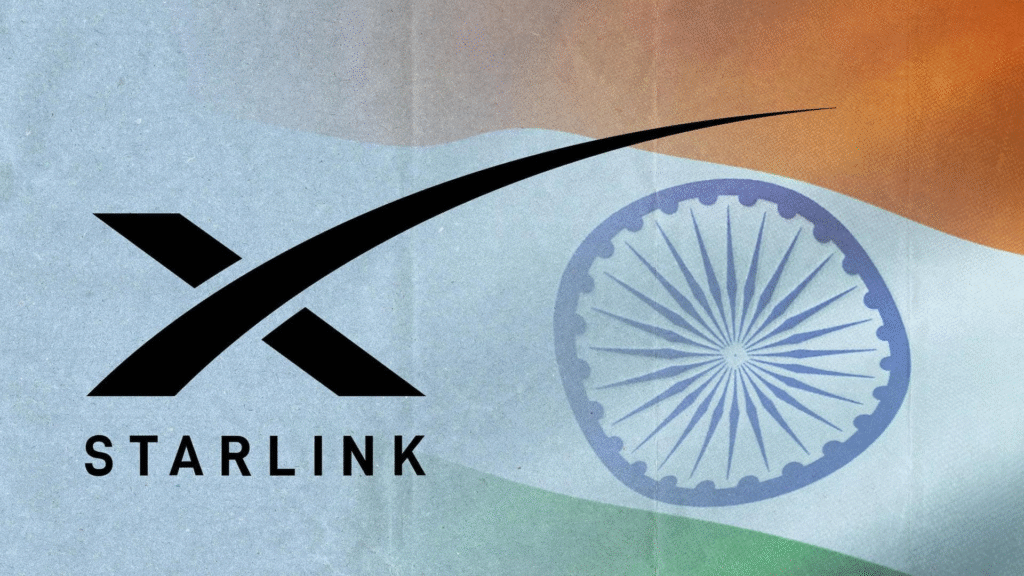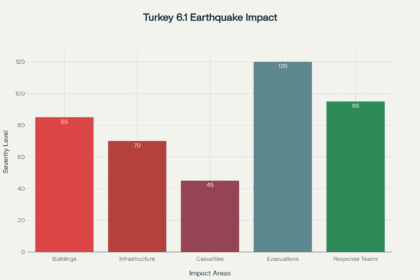Starlink, Elon Musk’s satellite internet venture, is preparing to begin trial operations in India this year, following provisional spectrum clearance from the Department of Telecommunications (DoT). With partnerships secured across leading telecoms—Reliance Jio, Airtel, and Tata Communications—and ground stations set up in 17 strategic locations, Starlink aims to deliver high-speed satellite broadband to millions, especially in rural and border regions where traditional connectivity has fallen short.
According to industry reports, Starlink’s service will carry a one-time hardware cost of Rs 30,000 to Rs 35,000 for the satellite kit. Monthly subscription plans are projected to start around Rs 3,300–4,200, reflecting the premium nature of the offering. These plans are designed to suit both residential and commercial users looking for reliable, low-latency internet where fiber or mobile networks are unavailable.

Speeds during initial trials are expected to range between 25 Mbps and 220 Mbps, with final commercial rollout anticipated by late Q3 or early Q4 2025. Starlink’s low Earth orbit satellite mesh offers unique advantages, including consistent speeds, reduced outages during adverse weather, and expansive coverage over otherwise disconnected regions. “Our goal is to bring high-speed, reliable internet to all corners of India, especially to those who need it most,” said a Starlink spokesperson, highlighting the focus on bridging India’s digital divide.
Crucially, all downlink traffic will be routed and stored domestically, in accordance with Indian data regulation and security guidelines. The company’s advanced discussions with telecom leaders and data centre operators—which include Sify, Equinix, and CtrlS Datacenters—demonstrate its commitment to building a robust, locally anchored network.
With ground stations in place and trial bandwidth allocated, Starlink is also exploring future collaborations with local infrastructure firms to enhance distribution. The arrival of Starlink promises to reshape India’s internet landscape, giving new connectivity options to villages, Himalayan frontiers, and disaster-prone zones.
As the trials commence, Indian consumers and businesses are eager to see if Starlink can deliver on its promise of accessible, high-speed broadband—potentially transforming rural development, education, telemedicine, and more. Pending successful trials and final regulatory approval, nationwide commercial service could debut by the end of 2025.







